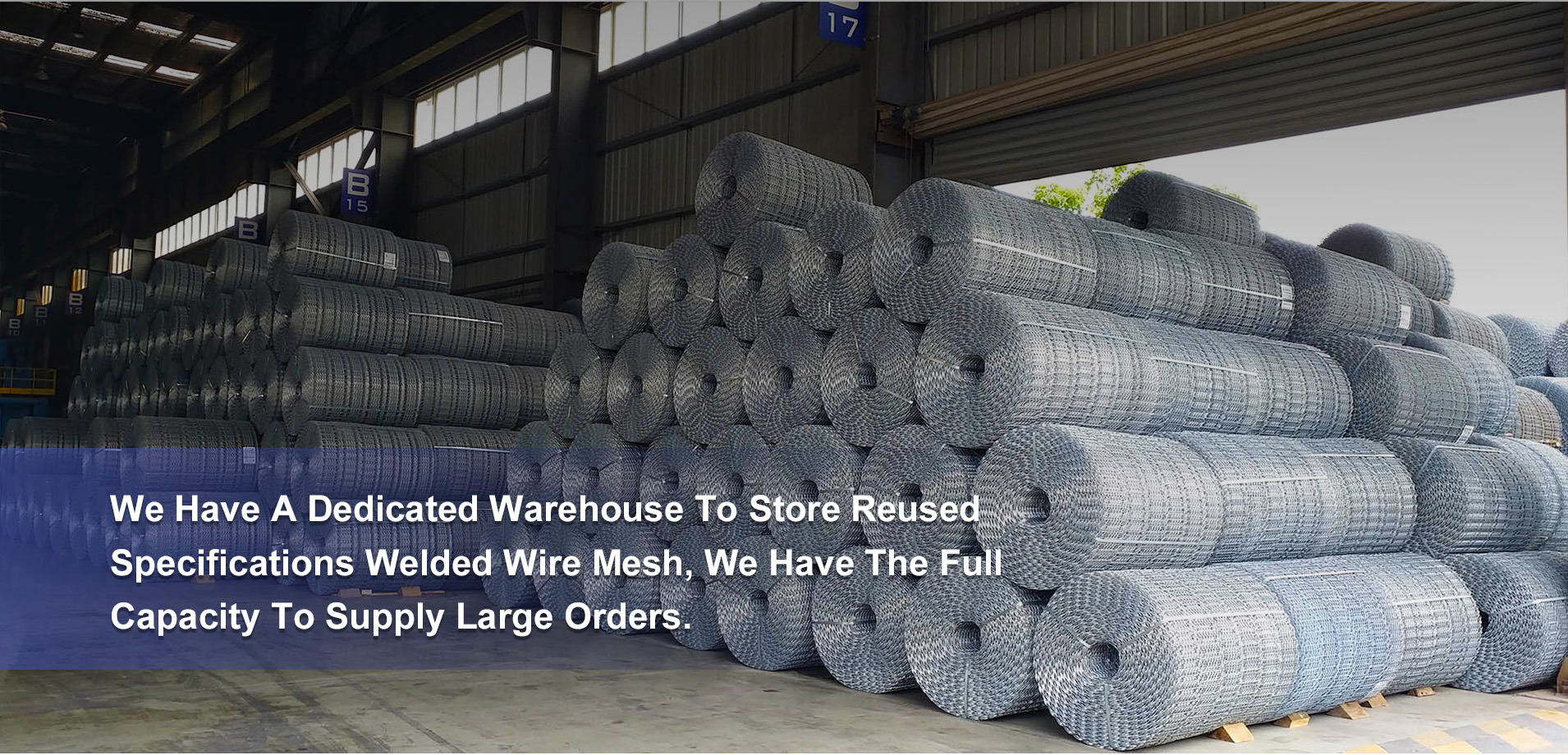- Industrial zone, South of Anping Town, Hengshui, Hebei, China.
- sales@hfpetromesh.com
- +86-18931809706
 Afrikaans
Afrikaans  Albanian
Albanian  Amharic
Amharic  Arabic
Arabic  Armenian
Armenian  Azerbaijani
Azerbaijani  Basque
Basque  Belarusian
Belarusian  Bengali
Bengali  Bosnian
Bosnian  Bulgarian
Bulgarian  Catalan
Catalan  Cebuano
Cebuano  Corsican
Corsican  Croatian
Croatian  Czech
Czech  Danish
Danish  Dutch
Dutch  English
English  Esperanto
Esperanto  Estonian
Estonian  Finnish
Finnish  French
French  Frisian
Frisian  Galician
Galician  Georgian
Georgian  German
German  Greek
Greek  Gujarati
Gujarati  Haitian Creole
Haitian Creole  hausa
hausa  hawaiian
hawaiian  Hebrew
Hebrew  Hindi
Hindi  Miao
Miao  Hungarian
Hungarian  Icelandic
Icelandic  igbo
igbo  Indonesian
Indonesian  irish
irish  Italian
Italian  Japanese
Japanese  Javanese
Javanese  Kannada
Kannada  kazakh
kazakh  Khmer
Khmer  Rwandese
Rwandese  Korean
Korean  Kurdish
Kurdish  Kyrgyz
Kyrgyz  Lao
Lao  Latin
Latin  Latvian
Latvian  Lithuanian
Lithuanian  Luxembourgish
Luxembourgish  Macedonian
Macedonian  Malgashi
Malgashi  Malay
Malay  Malayalam
Malayalam  Maltese
Maltese  Maori
Maori  Marathi
Marathi  Mongolian
Mongolian  Myanmar
Myanmar  Nepali
Nepali  Norwegian
Norwegian  Norwegian
Norwegian  Occitan
Occitan  Pashto
Pashto  Persian
Persian  Polish
Polish  Portuguese
Portuguese  Punjabi
Punjabi  Romanian
Romanian  Russian
Russian  Samoan
Samoan  Scottish Gaelic
Scottish Gaelic  Serbian
Serbian  Sesotho
Sesotho  Shona
Shona  Sindhi
Sindhi  Sinhala
Sinhala  Slovak
Slovak  Slovenian
Slovenian  Somali
Somali  Spanish
Spanish  Sundanese
Sundanese  Swahili
Swahili  Swedish
Swedish  Tagalog
Tagalog  Tajik
Tajik  Tamil
Tamil  Tatar
Tatar  Telugu
Telugu  Thai
Thai  Turkish
Turkish  Turkmen
Turkmen  Ukrainian
Ukrainian  Urdu
Urdu  Uighur
Uighur  Uzbek
Uzbek  Vietnamese
Vietnamese  Welsh
Welsh  Bantu
Bantu  Yiddish
Yiddish  Yoruba
Yoruba  Zulu
Zulu
- Afrikaans
- Albanian
- Amharic
- Arabic
- Armenian
- Azerbaijani
- Basque
- Belarusian
- Bengali
- Bosnian
- Bulgarian
- Catalan
- Cebuano
- Corsican
- Croatian
- Czech
- Danish
- Dutch
- English
- Esperanto
- Estonian
- Finnish
- French
- Frisian
- Galician
- Georgian
- German
- Greek
- Gujarati
- Haitian Creole
- hausa
- hawaiian
- Hebrew
- Hindi
- Miao
- Hungarian
- Icelandic
- igbo
- Indonesian
- irish
- Italian
- Japanese
- Javanese
- Kannada
- kazakh
- Khmer
- Rwandese
- Korean
- Kurdish
- Kyrgyz
- Lao
- Latin
- Latvian
- Lithuanian
- Luxembourgish
- Macedonian
- Malgashi
- Malay
- Malayalam
- Maltese
- Maori
- Marathi
- Mongolian
- Myanmar
- Nepali
- Norwegian
- Norwegian
- Occitan
- Pashto
- Persian
- Polish
- Portuguese
- Punjabi
- Romanian
- Russian
- Samoan
- Scottish Gaelic
- Serbian
- Sesotho
- Shona
- Sindhi
- Sinhala
- Slovak
- Slovenian
- Somali
- Spanish
- Sundanese
- Swahili
- Swedish
- Tagalog
- Tajik
- Tamil
- Tatar
- Telugu
- Thai
- Turkish
- Turkmen
- Ukrainian
- Urdu
- Uighur
- Uzbek
- Vietnamese
- Welsh
- Bantu
- Yiddish
- Yoruba
- Zulu
serrated type grating
Serrated Type Grating An Overview
Serrated type grating, also known as sawtooth grating, is a specialized optical component widely used in various fields, including optics, telecommunications, and sensor technologies. Its unique design features a series of sharp, tooth-like structures that differentiate it from traditional diffraction gratings. These serrations are strategically placed to manipulate light in a way that enhances certain optical properties, making this type of grating particularly beneficial for specific applications.
Design and Structure
At its core, a serrated type grating consists of a periodic pattern of grooves, shaped like serrated edges, that can be made from various materials, including glass, silicon, or metallic coatings. The dimensions of these serrations—such as their height, width, and spacing—are crucial as they determine how light interacts with the grating. When light encounters a serrated grating, it can be diffracted in multiple orders, creating varying wavelengths of light that can be harnessed in different applications.
One of the primary attributes of serrated gratings is their ability to produce high diffraction efficiency. This means that a significant proportion of the incident light is effectively diffracted, leading to stronger signals in applications such as spectroscopy and laser systems.
Applications
serrated type grating

Serrated type gratings find use in several domains. In spectroscopy, they are instrumental in separating light into its constituent wavelengths, allowing scientists to analyze the spectral properties of materials. Their high efficiency improves signal-to-noise ratios, making them essential for precise measurements, especially in low-light conditions.
In telecommunications, serrated gratings are utilized in wavelength division multiplexing (WDM) systems, where multiple signals are transmitted simultaneously over a single optical fiber. The ability to separate these signals effectively is crucial for maximizing data transfer capacity, and serrated gratings help achieve this by ensuring minimal crosstalk between channels.
Additionally, serrated gratings are employed in sensors, particularly those designed to detect changes in environmental conditions or chemical compositions. The sensitivity of these gratings can be enhanced by tuning the serration parameters, allowing for the detection of minute changes in light due to variations in the analyte being measured.
Advantages and Future Directions
The advantages of serrated type gratings extend beyond their high efficiency. Their design allows for customization, making it possible to engineer gratings tailored to specific wavelengths or applications. As technology advances, the potential for integration with nanoscale fabrication techniques could lead to even more innovative designs, enhancing performance in emerging fields like quantum optics and integrated photonics.
In conclusion, serrated type gratings represent a significant advancement in optical technology. Their unique design facilitates a range of applications, from spectroscopic analysis to telecommunications and sensing. Continued research and development in this area promise to unlock new capabilities and improve existing technologies, paving the way for a more interconnected and technologically advanced future.
-
Upgrade Your Industrial Operations with Durable Steel GratingNewsJul.21,2025
-
Transform Your Flooring Solutions with Quality Floor GratingNewsJul.21,2025
-
Top-Quality Shale Shaker Screens for Your Drilling NeedsNewsJul.21,2025
-
High-Quality Steel Grating for All Your Industrial NeedsNewsJul.21,2025
-
Explore the Durability and Versatility of Galvanized Steel GratingNewsJul.21,2025
-
Ensure Maximum Safety with Premium Safety NetsNewsJul.21,2025